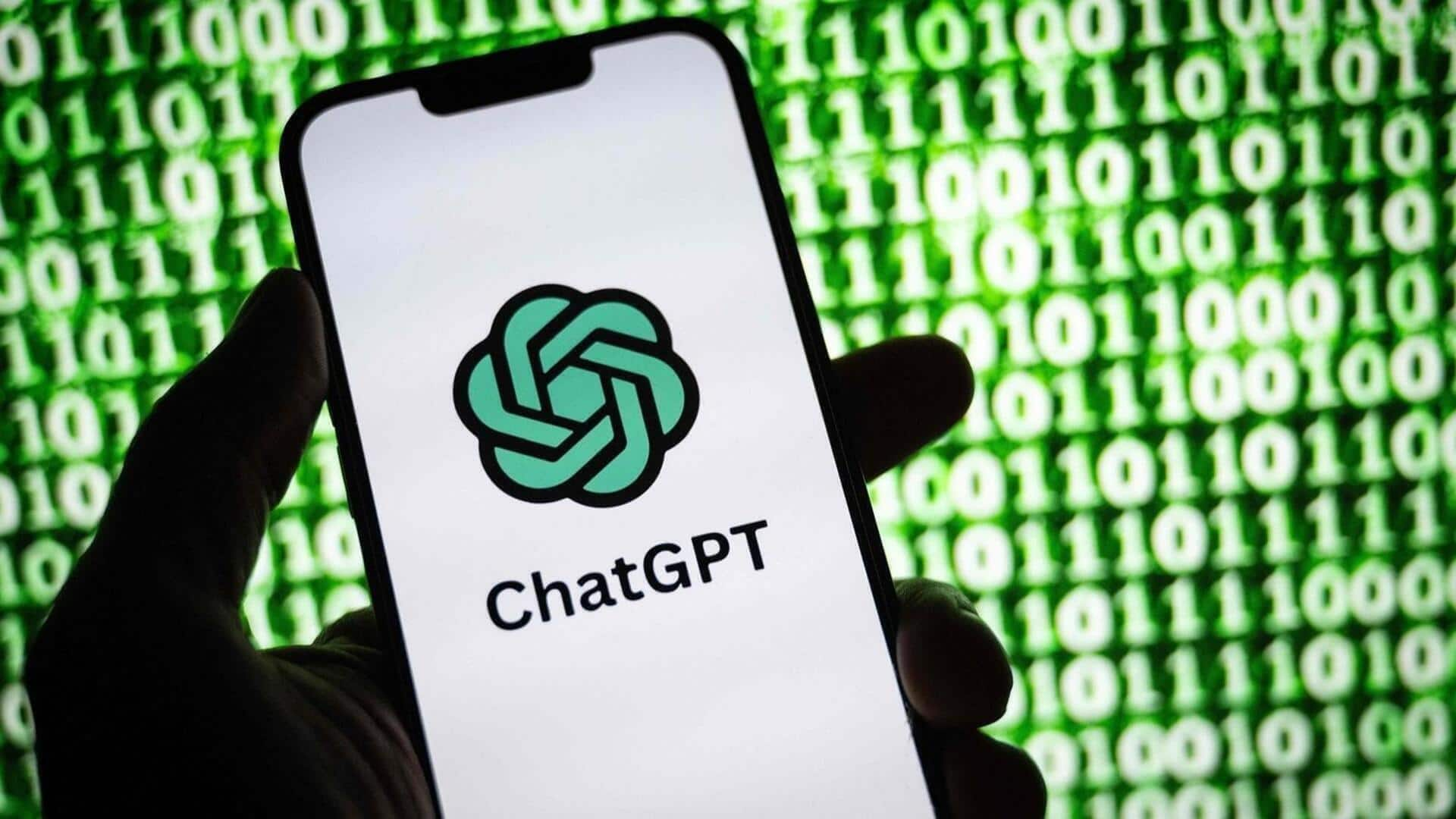
ChatGPT's new models are adding watermarks in generated text: Report
What's the story
OpenAI's new GPT-o3 and GPT-o4 mini models are embedding unique character watermarks into their generated text, as per Rumi Technologies. The company's research team discovered that watermarks tend to appear only in longer outputs, such as when ChatGPT is asked to generate essays. The watermarking process uses special Unicode characters, mainly the Narrow No-Break Space (NNBSP), which appear similar to regular spaces but have different ASCII codes.
Detection
Users can detect these hidden characters using online tools
Notably, the watermarks were not detected in older models such as GPT-4o. Users can detect these hidden characters using online tools or text editors like Sublime Text. The pattern of these characters appears systematic instead of random, suggesting an intentional implementation by the developers. This feature was discovered soon after OpenAI started testing watermarking on images.
Advantages
Watermarking may help in detecting AI-generated content
While the watermarking feature could prove useful in identifying AI-generated content, it can be removed quite easily once users know about it. A simple find-and-replace operation can remove these special characters from the text. This is especially pertinent now as ChatGPT is free for students till May 31, just in time for final projects and papers season.
Pros and cons
Special characters can help detect text copied from ChatGPT
Special Unicode characters such as NNBSP can expose a unique pattern that indicates text has been copied directly from newer ChatGPT models without any edits. This method is more reliable than AI text detectors, which have often shown inconsistent and inaccurate results in the past. However, students could soon figure out how to circumvent this trick by using tools to replace all watermarks with regular characters, defeating its purpose.